Many friends may experience wall cracks after staying in a new house for a period of time. Wall cracks are a common problem in fittings, but few people know the reasons for wall cracks. The feeling of cracks in the walls of the home is sure to be greatly reduced, as if the beautiful face was drawn. Then how can we remedy this after discovering a wall crack? Today Xiao Bian will give you details on how to deal with the cracks of several kinds of wall cracks. I hope to help you.
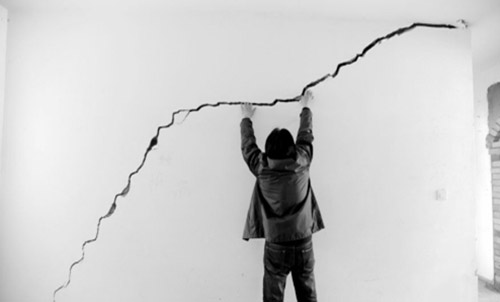
Why cracks on the wall - causes
Cause 1: cracks caused by foundation causes
Cracks caused by uneven settlement of the foundation. The entire load of the house is finally transmitted to the foundation through the foundation. Due to the diffusion of stress, the foundation of the house will not be uniformly settled. When the temperature of the upper layer of the foundation soil drops below 0°C, the upper part begins to freeze, and the lower part of the water rises in the frozen layer due to capillary action. Ice crystals form and expand in volume, causing the soil to rise upward.
Reason 2: cracks caused by temperature changes
Thermal expansion and contraction are the basic physical properties of most objects. Masonry is no exception. Because the temperature changes uniformly and causes the masonry to produce uneven shrinkage, or the expansion and contraction of the masonry body is unevenly constrained, the temperature stress exceeds the masonry strength and causes cracking of the masonry body.
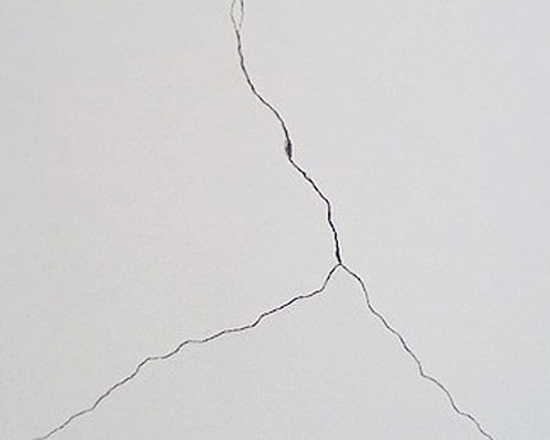
Reason 3: cracks caused by material causes
Due to the introduction of measures to protect cultivated land by the State, clay solid bricks and clay hollow bricks have been universally banned and restricted in use, and various types of blocks have therefore been widely used. However, there are widespread crack seepage phenomena in cement block walls. The swelling and shrinkage of the block is particularly obvious on the exterior wall. When the drying shrinkage rate of the block is large, the wall is prone to cracks.
Reason 4: Cracks Caused by Construction Causes
The construction quality is not enough to be another important aspect of wall cracks. In the construction process, masonry workers have low technical level, low quality awareness, and contractors intending to cut corners and materials may cause wall cracks.
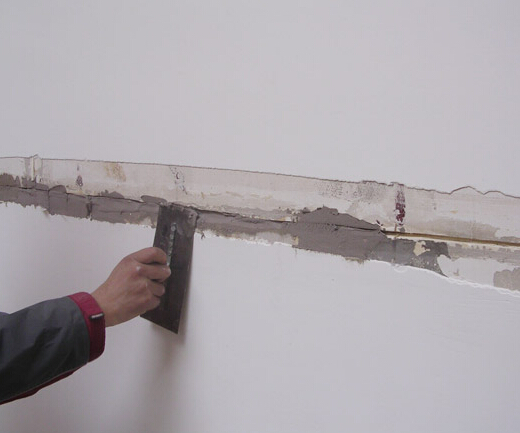
Reason 5: cracks caused by design reasons
Mainly manifested as: unreasonable basic design or drilling is not in place, resulting in uneven settlement and cracks; due to funding issues and the roof is not designed insulation layer, leading to easy temperature differences between the roof structural layer and the wall, resulting in temperature strain Poor fission occurs, and there are no beams, sill beams, etc., at the window sill of the door or window hole, leading to cracks in these weak areas, and no expansion joints have been designed for long buildings.
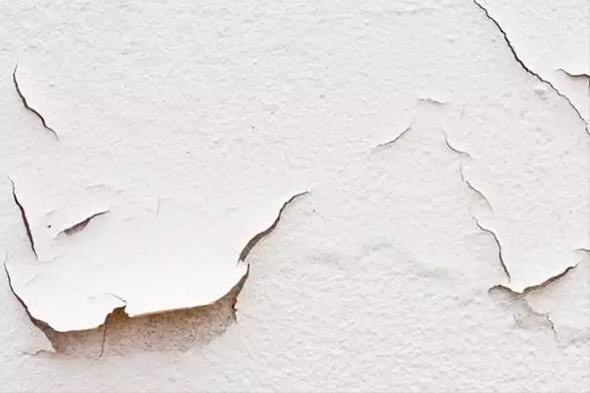
How to deal with cracks on walls?
Option 1: Grouting reinforcement method
â— Prerequisites: Finer cracks, fewer seams, and stable cracks
â— Specific practice: Use the same material for two or four test masonry columns. Divided into two groups, one group was first cracked with a press and then grouted, and then the two groups of masonry columns were compared for the destruction test. If the strength of the masonry with grouting reinforcement is basically the same as that of the original masonry, the reinforcement is considered as qualified. . For a width of about 3.0mm cracks can be filled; the actual crack width is greater than 5.0mm, the cement mortar can be used; when the crack is small, pressure grouting can be used.

Option 2: Inching
â— Prerequisites: Wide cracks but not many
â— Specific methods: In the cracks intersecting with the cracks, high-grade mortar and fine steel reinforcement can be used for caulking, and block inlays can also be used, that is, reinforced concrete wedges or crucible saws are used at both ends and in the middle of cracks. A wedge or jigsaw can be as thick as a wall, or 1/2 or 1/3 of the wall thickness.
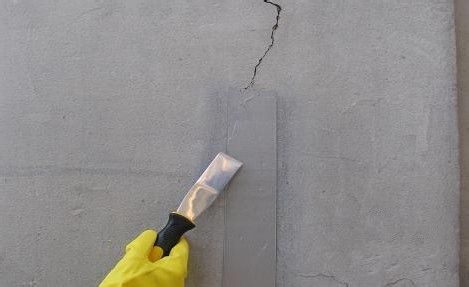
Option 3: Add steel rod method
â— Prerequisites: External flash occurs due to horizontal thrust, uneven settlement, and expansion caused by temperature changes. Walls generate large cracks or make outer vertical wall and internal horizontal wall poorly kinked.
â— Specific practices: Reinforced tie rods should be used to pull long knots and be set along both sides of the wall. Longer tie rods should be provided with garland screws so that the tie rods can be tightened. The length of pull rods should be welded. The rod or pad nut that is exposed outside the wall can be properly constructed and the tie rod and the backing plate must be coated with anti-rust paint.
Option 4: Additional Circle Beam Method
â— Prerequisites: Wall cracking is severe. To increase the overall rigidity of the house
◠Specific methods: Ring beam concrete strength grade c15-c20, cross-section at least 120 × 180mm, every 1.5-2.5m should be cattle legs (or bolts, anchors, etc.) into the wall and the wall pull together, and Take the weight of the beam. When casting ring beams, the walls should be cut and sprayed to strengthen the bond.
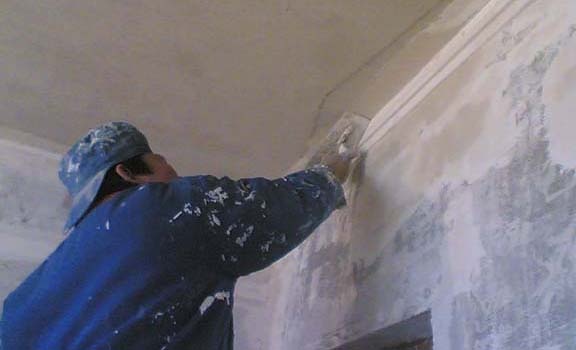
Editor's summary: The above is a description of how the cracks and cracks on the walls are treated in the wall . I hope that I can help friends with this need. Some owners are afraid of trouble when they encounter cracks in the walls, and they simply remove all insulation from the walls. Although this solves the problem of wall cracks, the house has lost its insulation function, so it is not recommended that everyone deal with wall cracks. If you want to learn more about wall cracking methods, follow our website information channel!
Wall construction cement
Tool vest is a type of workwear designed to help workers carry and organize tools while on the job. It typically consists of a vest with multiple pockets and loops that can hold various types of tools, such as hammers, screwdrivers, pliers, and wrenches.
Tool vests are popular among professionals in a variety of fields, including construction, carpentry, electrical work, and plumbing. They allow workers to keep their tools close at hand and easily accessible, which can help increase efficiency and productivity on the job.
Tool vests come in different styles and designs, with some featuring adjustable straps for a custom fit, breathable materials to keep workers cool, and reflective accents for increased visibility in low-light conditions. Some tool vests even have built-in hydration systems to keep workers hydrated throughout the day.
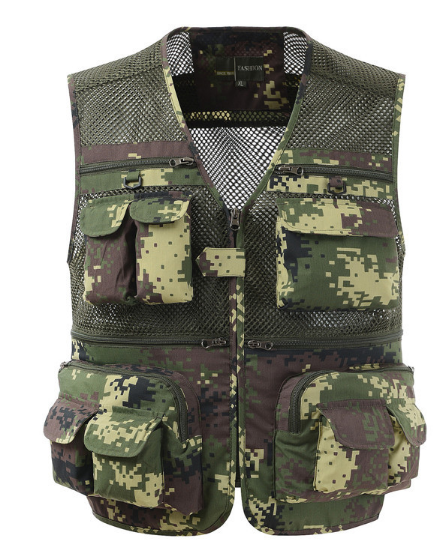
Overall, a tool vest can be a useful and practical addition to any worker's toolkit, helping to improve organization, efficiency, and comfort on the job.
Tool Vest,Tool Vest Electrician,Lightweight Tool Vest,Utility Tool Vest
ZHANGJIAGANG CITY XIANGLE TOOL CO., LTD. , https://www.sjxiangletoolbag.com
